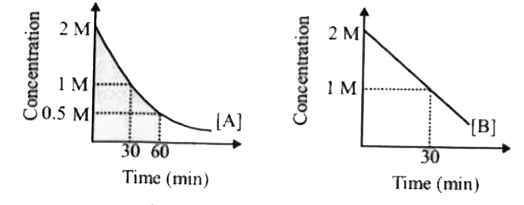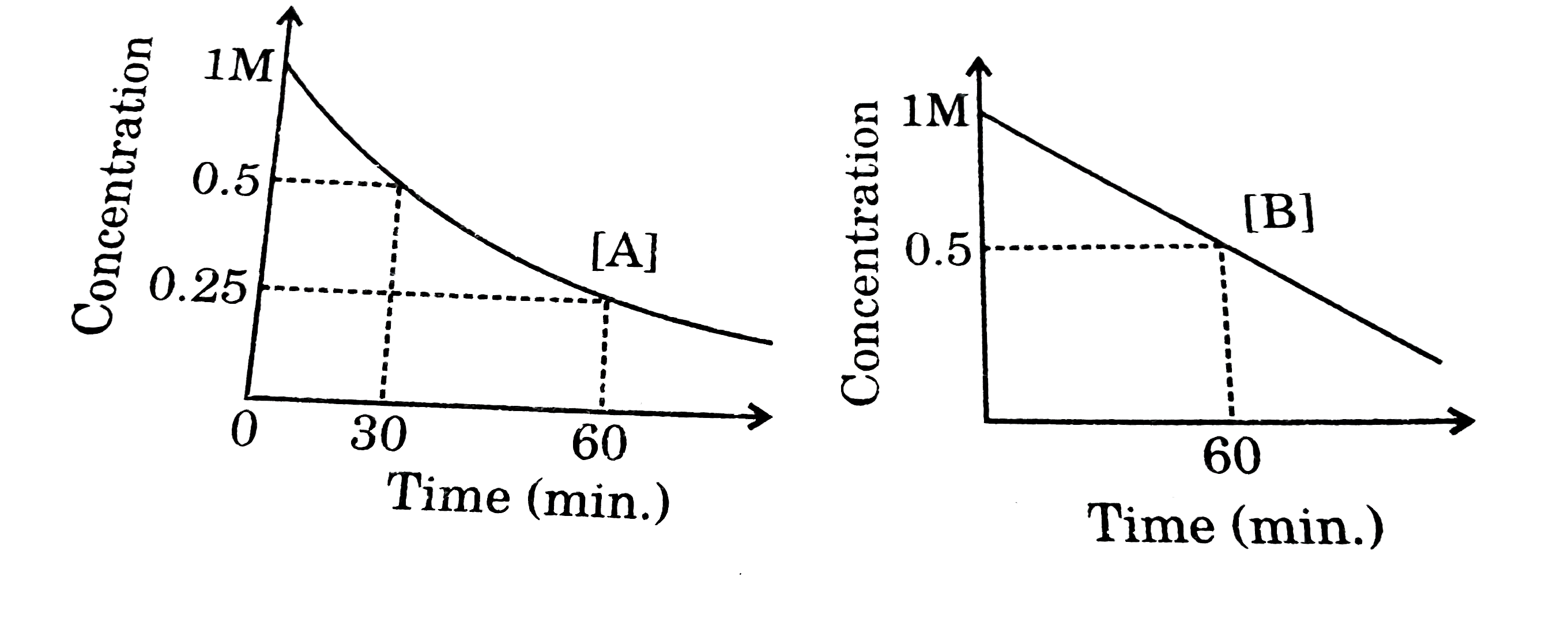For the processes K+(g)I−−→K(g)II−−→K(s)
energy is released in (I) and absorbed in (II)
energy is absorbed in (I) and released in (II)
energy is absorbed in both the processes
energy is released in both the processes
The correct Answer is:D
To solve the question regarding the processes K+(g)(I)→K(g)(II)→K(s), we need to analyze each step in terms of energy changes.
Step 1: Analyze Process I
- Process I: K+(g)→K(g)
- In this step, potassium in the +1 oxidation state (K+) is gaining an electron to become neutral potassium (K).
- The electronic configuration of K is (Ar)4s1, and for K+, it is (Ar)4s0.
- When K+ gains an electron, it transitions to a more stable state (neutral K).
- Since energy is required to add an electron to a stable configuration, this process absorbs energy.
Step 2: Analyze Process II
- Process II: K(g)→K(s)
- In this step, potassium in the gaseous state is converting to solid potassium.
- This process is known as deposition.
- When a gas converts to a solid, the thermal energy of the gas is released as the particles lose energy and come together to form a solid structure.
- Therefore, this process releases energy.
Summary of Energy Changes
- Process I: Energy is absorbed (endothermic).
- Process II: Energy is released (exothermic).
Conclusion
The correct answer is that energy is absorbed in the first process and released in the second process.
- Process I: K+(g)→K(g)
- In this step, potassium in the +1 oxidation state (K+) is gaining an electron to become neutral potassium (K).
- The electronic configuration of K is (Ar)4s1, and for K+, it is (Ar)4s0.
- When K+ gains an electron, it transitions to a more stable state (neutral K).
- Since energy is required to add an electron to a stable configuration, this process absorbs energy.
- Process II: K(g)→K(s)
- In this step, potassium in the gaseous state is converting to solid potassium.
- This process is known as deposition.
- When a gas converts to a solid, the thermal energy of the gas is released as the particles lose energy and come together to form a solid structure.
- Therefore, this process releases energy.
- Process I: Energy is absorbed (endothermic).
- Process II: Energy is released (exothermic).
The correct answer is that energy is absorbed in the first process and released in the second process.
Similar Questions
Knowledge Check
- Question 1 - Select One
If →V=2oveset(→)(i)+→j−→k and −→W=→i+3→k. if →U is a unit vectors then the maximum value of the scalar triple product [→U,→v,−→W] is
A−1√59B√10+√6C√59D√60 - Question 2 - Select One
For the reaction
(i) Ak1−−→P
(ii) BkII−−→Q, following observation is made.

Calculate kIkII, where kI and kII are rate constant for the respective reaction.A2.303B1C0.36D0.693 - Question 3 - Select One
For the reactions (i) AKI−−→P and (ii) BKII−−→Q, following observation is made.

Calculate KIKII where KI and KII are rate constants for the respective reaction.A2.772B1C0.36DNone of these
Which method of purification is represented by the following equation?
Ti(s)+2I2(g)523K−−→Til4(g)1700K−−−→Ti(s)+2I2(g)View SolutionIf →a=(ˆi+ˆj+ˆk),→a,→b,→c=1 and →a×→b=ˆj−ˆk, then →b is equal to
View SolutionProcess Na2+(g)I−−→Na+(g)II−−→Na(g)
View SolutionWhich method of purification is represented by the following equation?
Ti(s)+2I2(g)523K−−→Til4(g)1700K−−−→Ti(s)+2I2(g)View SolutionWhich method of purification is represented by the following equation
Ti(g)+2I2(g)523K−−→Til4(g)1700K−−−→Ti(s)+2I2(g)View Solution

